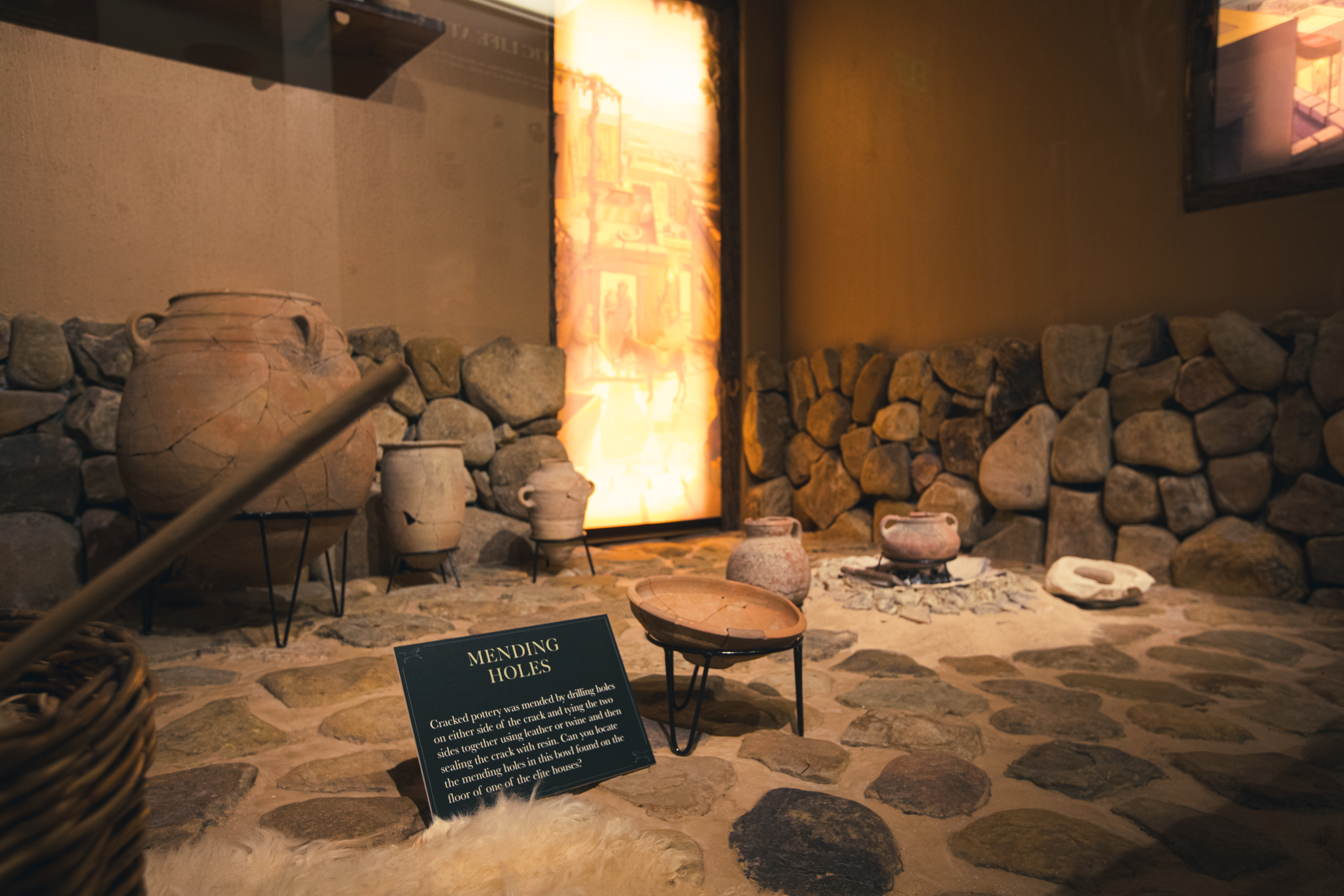
The museum will be closed for Christmas Break December 12
The museum will be closed on Sundays during the 2025-2026 academic year.
Visit the Archaeology Museum
Current Exhibition: Vessels in Time
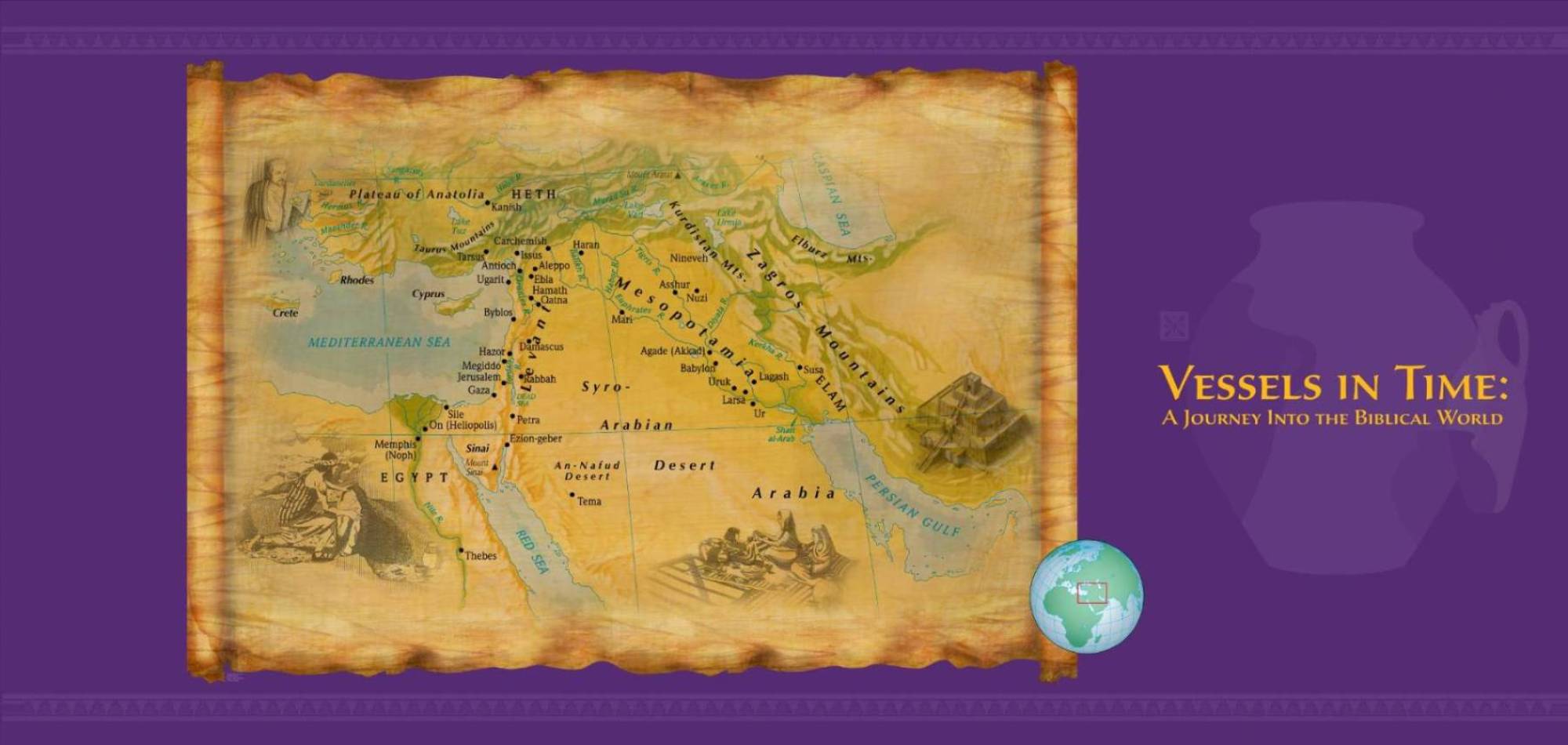
Current Exhibit
Vessels in Time
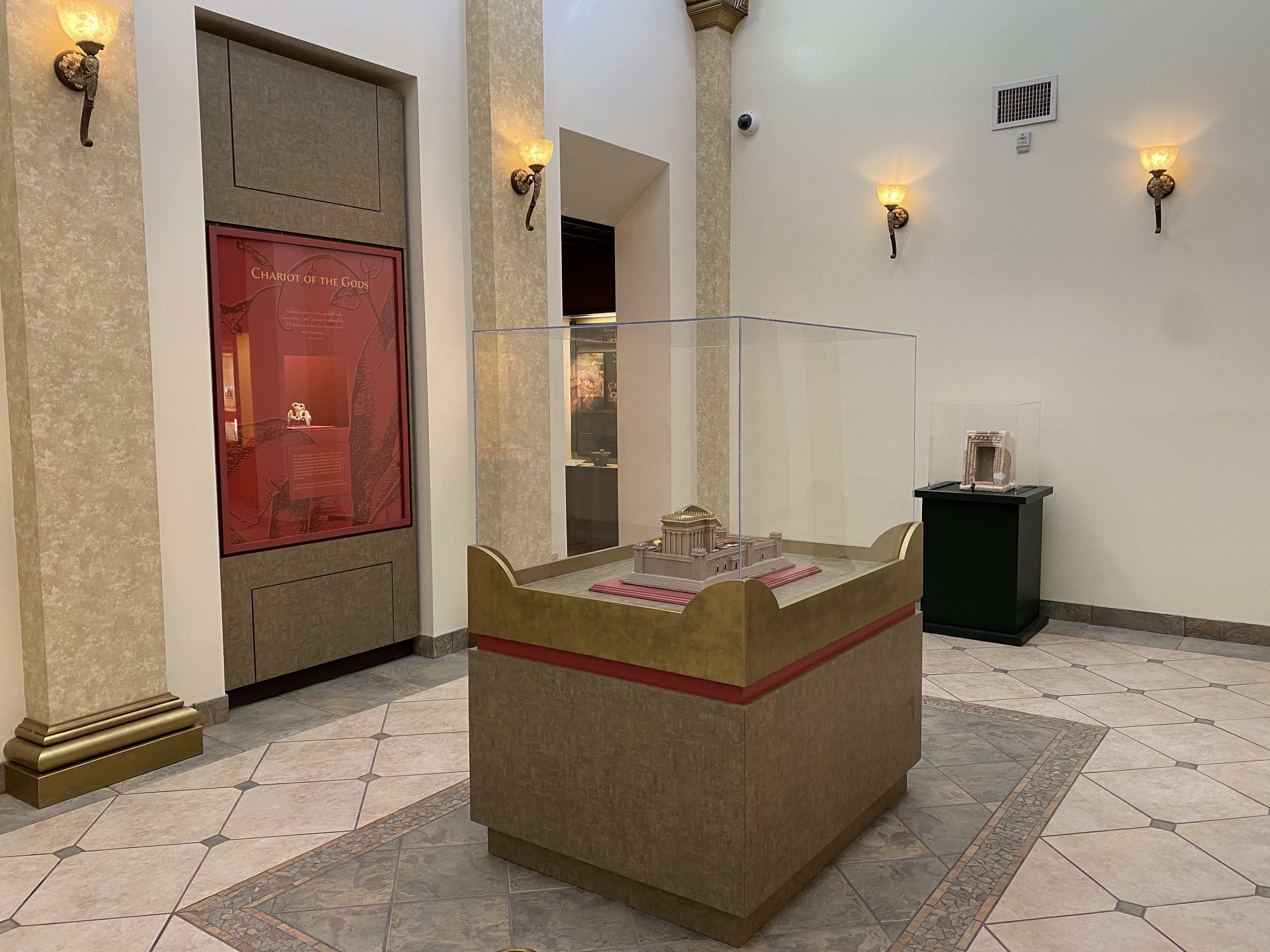
Plan Your Visit
Schedule a Tour
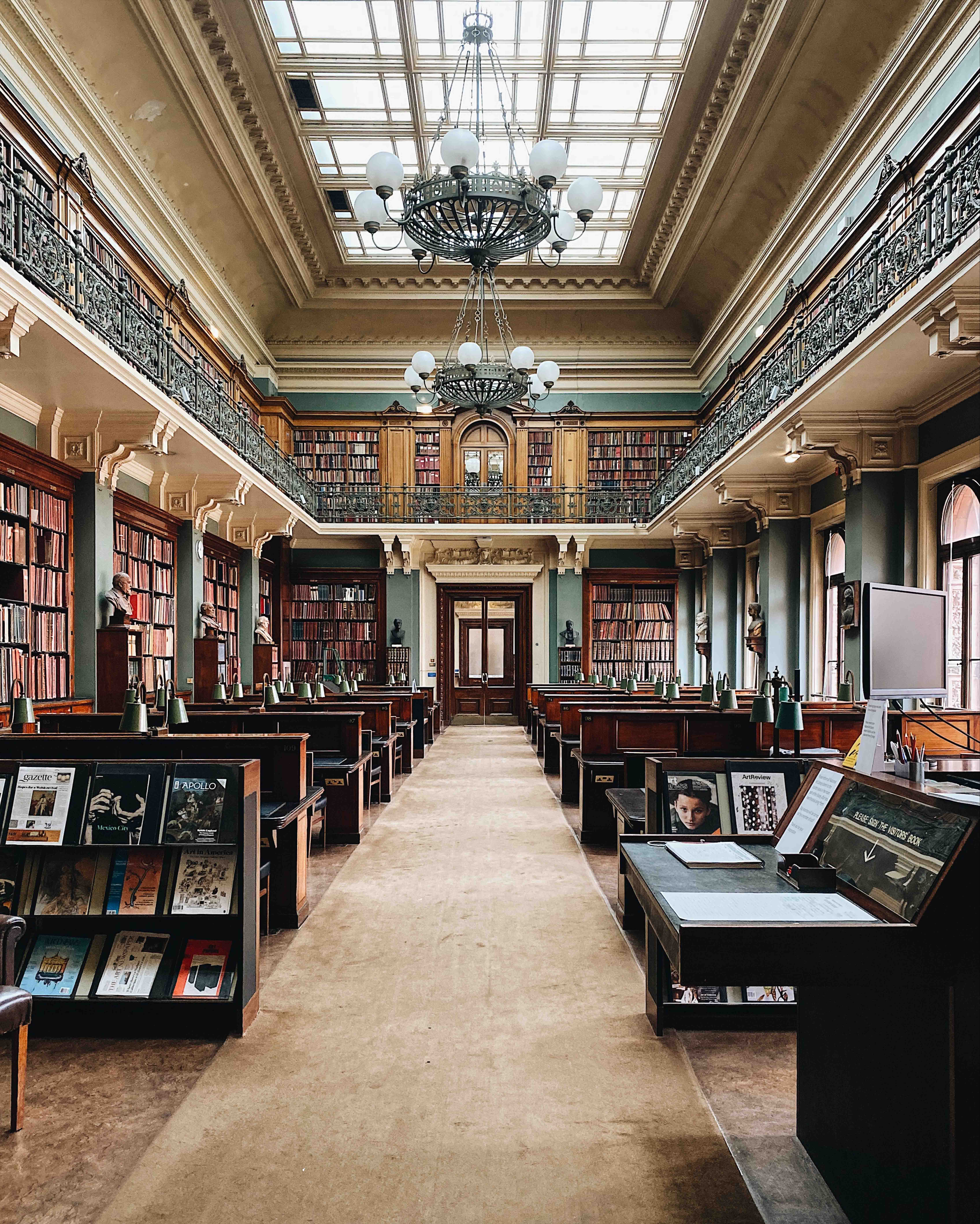
Grade School Resources
Learn
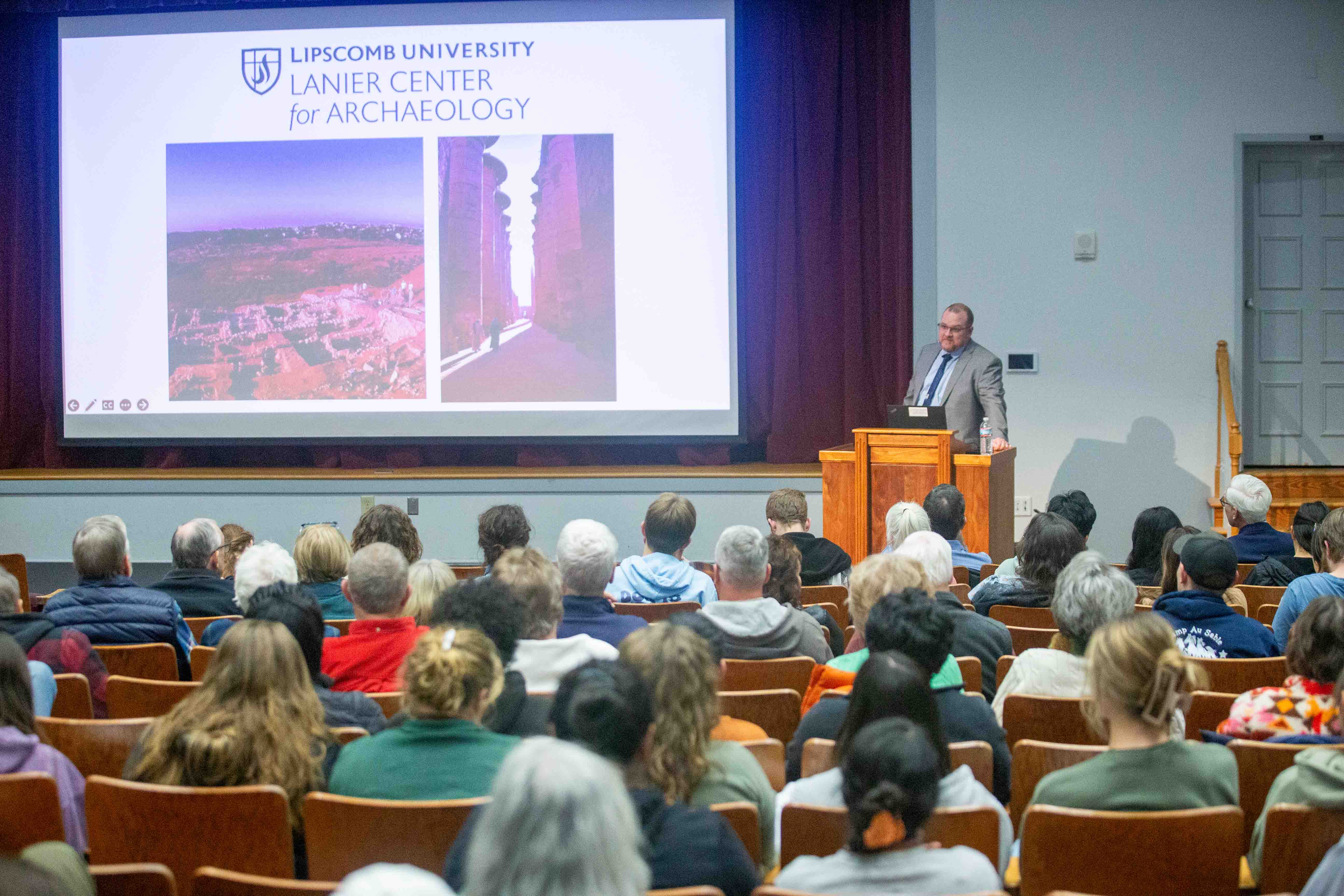
Museum Lectures
Upcoming Info

